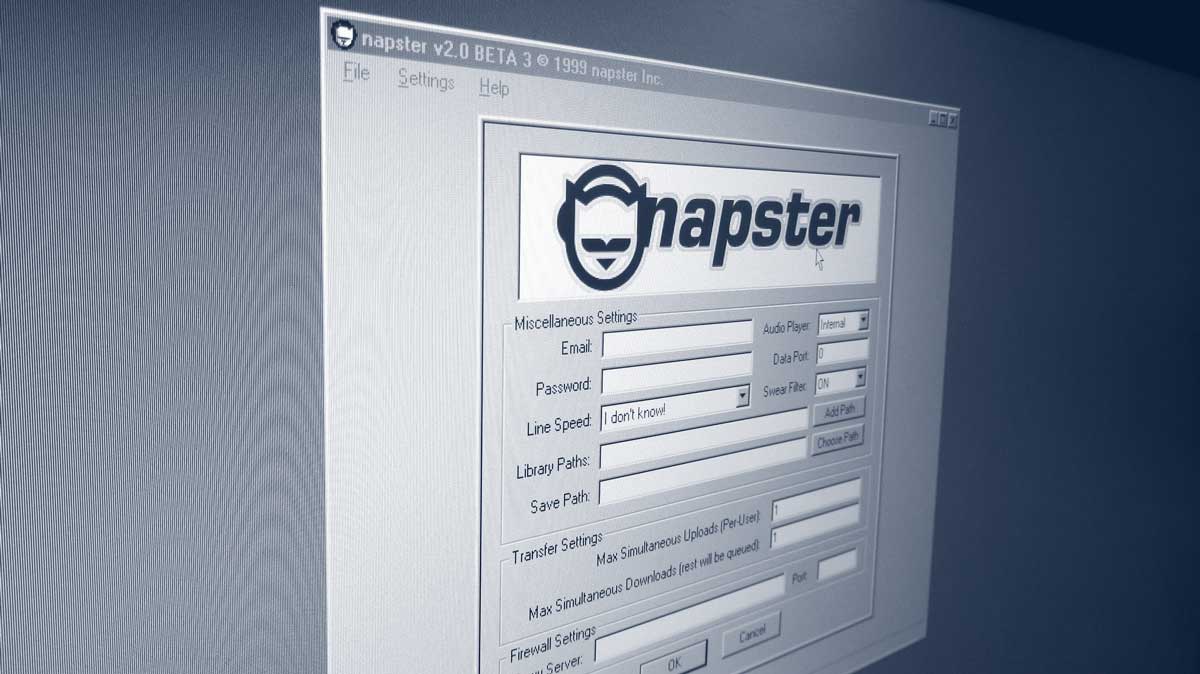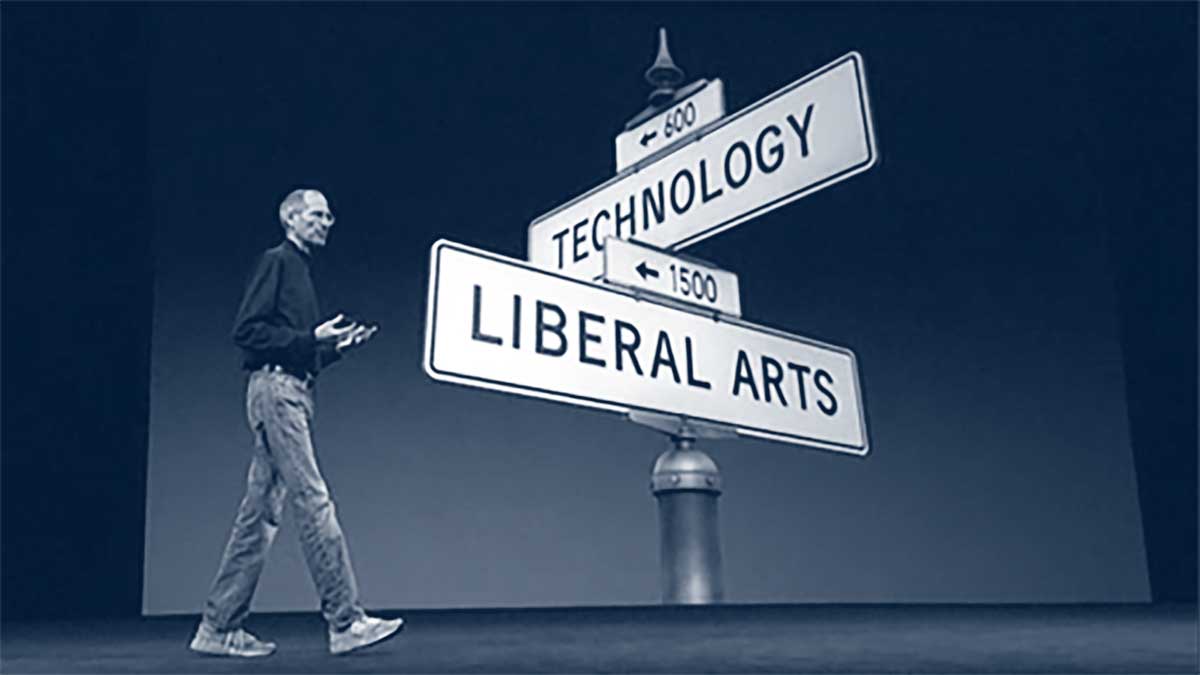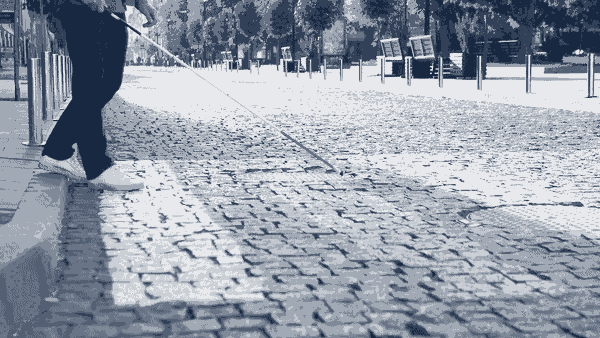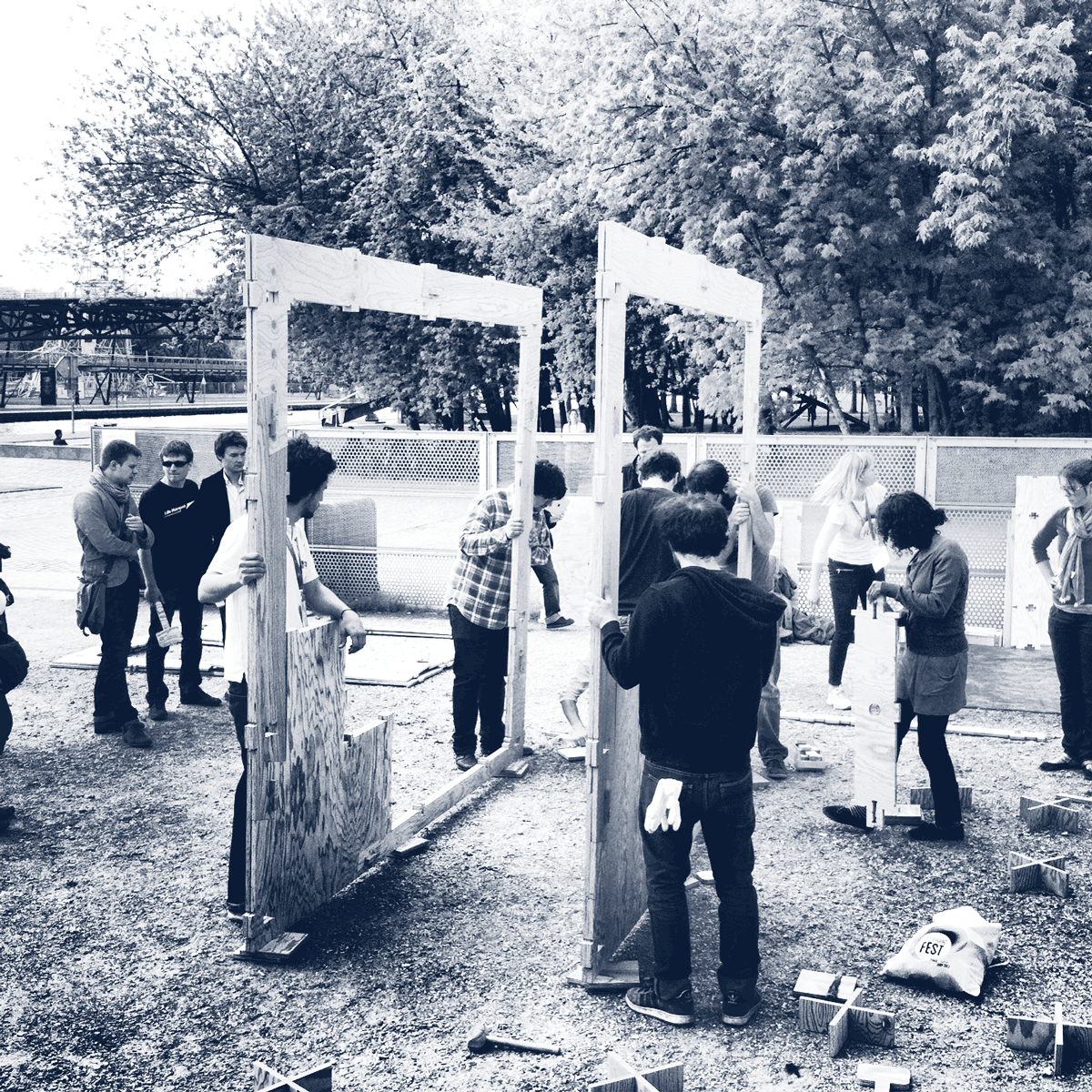
The Future of the Professions
In the future, how will we solve problems for which 'professionals' are currently our best answer?
Table of Contents

This post is part of the series, Space Craft
The future of X (no, not that one)
Sometime in 2017, Richard and Daniel Susskind struck upon the revolutionary premise of this book, and crystallised the frame through which we ought to view the future of the professions.
To an audience of neurosurgeons, tasked with identifying ‘the future of neurosurgery’, the Susskinds transformed the question from a matter of practice (process) to a quest for outcomes — “patients do not want neurosurgeons, patients want health”.
This seemingly innocuous re-framing provides a solid foundation for addressing the challenges that all professions, and indeed, all white-collar jobs, face in our rapidly evolving technological revolution, currently juiced by the hype over Artificial Intelligence. Their re-framing does not presume an intermediary at all, at least not in the traditional sense. In a way, it legitimises much of what human cultures have done for as long as they have existed — solving problems directly, be they matters of justice, health, or building.
Given that our focus is the built environment, and architects in particular, we are spurred on to ask — how, in the future, will we solve problems to which architects are currently our best answer?

This stimulates an entirely different thought process, which, by nature, calls into question the professional nature of architecture itself. And how will we solve the problems? Not only does the reframing question current structures, but it opens the door to an expanded view of what those problems are. We know that the problems in architecture do not simply relate to form (style) or materials (constructibility). We know that they are also climate related, socially related, and economically related.
So when we ask about how in the future these problems will be solved, to which architects are the best currently the best answer, the field of play becomes quite elastic and dynamic indeed.
Some in the profession anticipated this state of affairs with their focus on the spatial rather than the architectural. If we take their intuitions to their logical conclusions, we are probably left with something that is not a profession at all.
Who are the new overlords?
It’s technology, stupid. Mainly the Internet, but also the systems (software) and hardware that the 21st-century provides.
The forces of disruption, even though the authors have moved away from this word, are technological, and, naturally, involve encounters with a new hierarchy.

The music industry was infamously disrupted by the illegal file sharing platform Napster, but who calls the shots now? Yes, we still have the big labels such as Universal, Warner, Sony, and so on, but music has moved from the physical to the digital.
When Steve Jobs approached these labels in 2002, to strike a deal for iTunes, the labels really had no idea what they were getting into, and the paradigm shift that was about to take place. No, I was not in the room, but the deals that were struck transferred power definitively away from the labels. At that moment, power also shifted away from the artists, towards the technology providers.

Before, we spent money on LPs and CDs. Independent artists could even control their own supply chain of these physical artefacts, increasing their profits. Now they receive tiny fractions of a penny per song from streaming services – Spotify, Apple Music and the like.
The new overlords are the tech giants. The new physical artefacts are the devices that the giants sell. Mark Andressen famously wrote that software was eating the world, but what software really ate was services. Hardware ate the physical world. Money still flows in the music industry, but it flows upwards and in a very narrow stream to the providers of software (streaming) and hardware (devices like the iPhone).
The new overlords are the tech giants. The new physical artefacts are the devices that the giants sell. Mark Andressen famously wrote that software was eating the world, but what software really ate was services. Hardware ate the physical world.
The professions await the same fate. There is no escaping a hierarchy of some sort. If professionals disrupt themselves using technologies to routinise, disintermediate, or decompose, vulnerabilities identified by the authors, they may well succeed in their goals, but they will answer to new overlords, the ultimate providers of that technology.
So while end-users may celebrate a broad democratisation of knowledge, if we are not careful, we are simply facilitating the transfer of knowledge-bases (Big Data), and their accompanying wealth-generating potential to a select, feudal few.
What is the ‘Uber of #architecture’, and should you be worried?https://t.co/mMqMl0bt9J
— amonle (@amonle) July 26, 2023
Task-rabbits
The authors chart a course for the future of the professions that will be uncomfortable reading for any nostalgic professional. They foresee the diminishment of jobs and the arrival, to a much greater degree than today, of tasks.
They foresee several potential roles, in the future, to be executed, decomposing what would previously have been broad professional positions, into constituent tasks executed on a case-by-case basis. Perhaps they could have pushed the point even further.
On the one hand, I expect the traditional professions, from law, to architecture, teaching and so on, to continue in their current form, but as even more niche and exclusive pursuits. The question here is not what professionals do or how long it will endure, but who they will serve. I expect this audience to get significantly smaller, but not disappear. For example, in teaching, we can expect a class divide (pun intended) between, say, one-to-one teaching at a top fee-paying school, and artificial intelligence augmented lessons, stewarded by high turnover staff at state schools.
On the one hand, I expect the traditional professions, from law, to architecture, teaching and so on, to continue in their current form, but as even more niche and exclusive pursuits. The question here is not what professionals do or how long it will endure, but who they will serve.
On the other hand, perhaps, there will be no such thing as roles, per se. We have already seen, since the publication of both editions of this book, a massive increase in the capacity of visual machine learning models such as Midjourney and a Stable Diffusion, and now multi-modal systems, such as GPT-4 and Gemini — which work natively with text, images, sound and video. Will the role ‘designer’ survive these advancements? The same applies to writing and other knowledge-based roles.
In this scenario, individuals would not have roles within tasks, but their specialisation might be as generalist tastemakers who employ one tool or another to achieve the desired outcome. Not even the concept of ‘roles’ survives.
David Guetta says the future of music is in #AI
— Yves Mulkers (@YvesMulkers) February 14, 2023
Nothing is going to replace taste, he said. What defines an artist is, you have a certain taste, you have...https://t.co/kdf47xTRgD pic.twitter.com/gvTj9T4kmJ
Trailer: Genesis (Midjourney + Runway)
— Mohenesh Chamith Buthgumwa (@Mohenesh) July 27, 2023
ALL AI: OMFG Standing ovation 👏👏
Images: @midjourney
Videos: @runwayml
Music: @pixabay / Stringer Bell
Edited in: @capcutapp
via: Nicolas Neubert#AI pic.twitter.com/BP4kYXuxPQ
Subject matter expertise
In chapter 2’s "From the Vanguard", the authors walk through a roll-call of professional titles and the threats they face: health, education, divinity, law, journalism, management consulting, tax and audit, and finally, architecture.
Their observations about the architectural profession include insights on key technological developments such as computer aided design (CAD), algorithmic concept development and 3D printing.
These observations jump to the forefront and ring true in the context of our technology obsessed media. Superficially, they capture the spirit of our age, demanding our attention with their technological bells and whistles.
The reality, however, is that the impact of almost all the technologies mentioned is marginal. Undoubtedly, they have the potential to transform the process of design and construction, but how and, again, for whom? The authors use the oft-quoted statistic that less than 5% of buildings in the US are designed by architects. Algorithmic design and 3D printing are possible, but imagine what tiny percentage of buildings will be 3D printed in the future.
As with the overt design-process focus by Nicholas Negroponte and Christopher Alexander, each ultimately failing in their goal to transform architecture, the examples presented here miss the structural dimension, if you forgive the pun, of the built environment. This is more evident with subject matter expertise which, perhaps, the authors, with their legal background, do not have. Architecture is not just lines on a page or bricks stacked on top of each other, but a manifestation of social, financial and political dimensions of the space in which it is situated. Therefore, an over-emphasis on technology is likely to go the way of Negroponte’s architecture machines or Alexander’s patterns – fascinating, but largely ignored.
Anthropological speculation
It has become fashionable in some corners of the media to question established beliefs of ‘experts’ in the anthropological field. We need look no further than Graham Hancock and his theories over multiple decades, targeting not only anthropologists but also archaeologists. We even observe challenges within the establishment of the anthropological field itself, asking new questions and shedding new light on what might have otherwise been considered as ‘received wisdom’. In this example, we might look to the late David Graeber. So it is with it a little trepidation that I speculate on an alternative anthropological view to the linear narrative of communication.
The authors cite Walter J. Ong and describe a four-stage sequence of the development of human communication:
- Orality (oral culture)
- Script
- and information technology.
They suggest that "it was surely not feasible, in any field, for vast quantities of detailed knowledge to be held in the hands of anyone. No one could have recalled even a small fraction of the bodies of knowledge upon which the professions to pin today". Setting aside, for the moment, the fact that their sequence skips over broadcast as a transformative means of information transfer, my speculation goes back to origins. Though the authors quote Ong in his warning that "[f]ully literate persons can only with great difficulty imagine what a primary oral culture is it like", the authors do venture there.
They do not give much credit to these traditional societies for their ability to hold and extract large quantities of information. I propose that this interpretation, placing traditional societies at the beginning of a linear sequence, suggesting a lack of development, is wrong.
The trick that is missed by the authors, perhaps, is that what the holding of knowledge was not simply in mental exercise, but also a physical and spatial one. We already have the lessons of the phenomenologists and their mind–body–environment theories of perception and interaction. Perhaps, the facet of these cultures that we simply cannot appreciate, today, in our industrialised societies, detached from nature, is the degree to which memory was held outside the individual mind, in the bodies of individuals and communities, with a seamless informational relationship with the nature and built environment around them.

Perhaps, the facet of these cultures that we simply cannot appreciate, today, in our industrialised societies, detached from nature, is the degree to which memory was held outside the individual mind, in the bodies of individuals and communities, with a seamless informational relationship with the nature and built environment around them.
Symbiosis and harmony were perhaps not just scientific phenomena, but also informational ones. Looked at this way, if true, the notion of a spatial memory within these communities would have been highly sophisticated, though experienced on a day-to-day basis through informal habits and formal rituals. It is not an experience that a city dweller living in London can empathise with. But we can speculate.
AI fallacy
As the authors look to the future, and ask what solutions might there be to problems to which the current best answers are the professions, their arguments, regarding machines, are underpinned by a belief in an AI fallacy.
The story goes, as many of their doubters claim, that machines will never be able to do X because they cannot do X like humans would. The point, of course, is that machines are not humans and neither can nor need to imitate us.
While early investigations into artificial intelligence in, say, language recognition, might have looked at how a machine could establish the context of a sentence to better ‘understand’ it, later advances, and the advent of Big Data rendered that requirement obsolete.
The authors give the example of the machine recognising the phrase “my last visit to the office took two hours too long”. Now, incidentally, I dictated that sentence into my phone, as I do with all of this text, and the words were recognised perfectly (iOS 16.5.1). The Neural Engine on my phone does not need to establish the context of the sentence to differentiate between two and too, but rather crunches enormous quantities of data to establish the probability that two would likely have followed took and too followed hours.
The fallacy is rooted in critics’ preoccupation with process rather than outcome. As the authors point out, "… whether machines will replace human professionals is not about the capacity of systems to perform tasks as people do. It is about whether systems can help outperform human beings – full stop".This focus on outcome, sits on the same wavelength as the authors’ foundational re-framing question — how in the future will we solve problems …
The authors cite physicist Richard Feynman (I paraphrase), and his warning that machines need not imitate humans nor nature to surpass humans or nature. We need not imitate the locomotion of a horse to surpass a horse, as a cars do, nor do we need to imitate the flapping of a bird’s wings, to surpass the bird, as a plane does.
With the primacy of outcome over process, machines will excel in ways that human beings simply cannot, and sometimes cannot even imagine.
Weak AI fallacy
If the authors forgive my butchering of the phrase, there also exists a weak AI fallacy, and it can be observed in the field of architecture.
While the success of Wikipedia is rooted in a commons-based sharing of knowledge, its architectural cousins, to date, have been less successful. I think of examples such as the Open Source Architecture Community, WikiHouse or Elemental, all providing, to varying degrees, off-the-shelf kits of parts, either physical or digital, in an open access format.

Even though they are ostensibly about sharing knowledge, they are, in fact, about sharing physical objects. These objects come pre-packaged with bundles of socio-economic relationships that do not necessarily translate well from one place or time to another, and, frankly, are not generally as portable as pure knowledge, as in the case of Wikipedia. As we noted above about how architect really manifests, none of these open source projects gets to grips with the matter of land.
Even though they are ostensibly about sharing knowledge, they are, in fact, about sharing physical objects, and none of these open source projects gets to grips with the matter of land.
I liken this to the AI fallacy, in that these projects are similar to early aircraft prototypes with flapping wings. They take traditional architectural practice, itself with pre-packaged socio-economic relationships, and open it up to the world, without redefining those relationships to a great enough degree. Their lack of success, through the lens of outcome, is proof enough, but what might success actually look like for a commons-based architecture? I suggest that it would not follow an open professional model at all. Wikipedia is not an open version of the Encyclopaedia Britannica’s expert model. It is a user-generated, gift culture powered, open knowledge movement. It has a fundamentally different DNA structure. Any successful open source architecture would need to be an entirely different animal to professional practice today, open or otherwise. The answer lies in the response to one of the authors’ originating questions — how does society organise the sharing of expertise?
The answer, for architecture, must look at the foundations of the walls built around the profession. There we will not find predictors about whether the edifice above will be closed or open. What we will see, persistently, but without fanfare, are the structures of class. Anything built on top of these foundations, whether closed or ‘open’, has to come to terms with its foundational reality.
Therefore, if we seek success by working backwards from outcome (transforming the built environment), we need to keep digging until we can start entirely anew.
Authors: Richard Susskind & Daniel Susskind
Year of Publication: 2022
Disclosure: If you buy books linked to our site, we may earn a commission from Bookshop.org, whose fees support independent bookshops.

Enjoyed the read? Now watch the films.
The future of architecture is not what you think
Follow to find out what it might look like.








